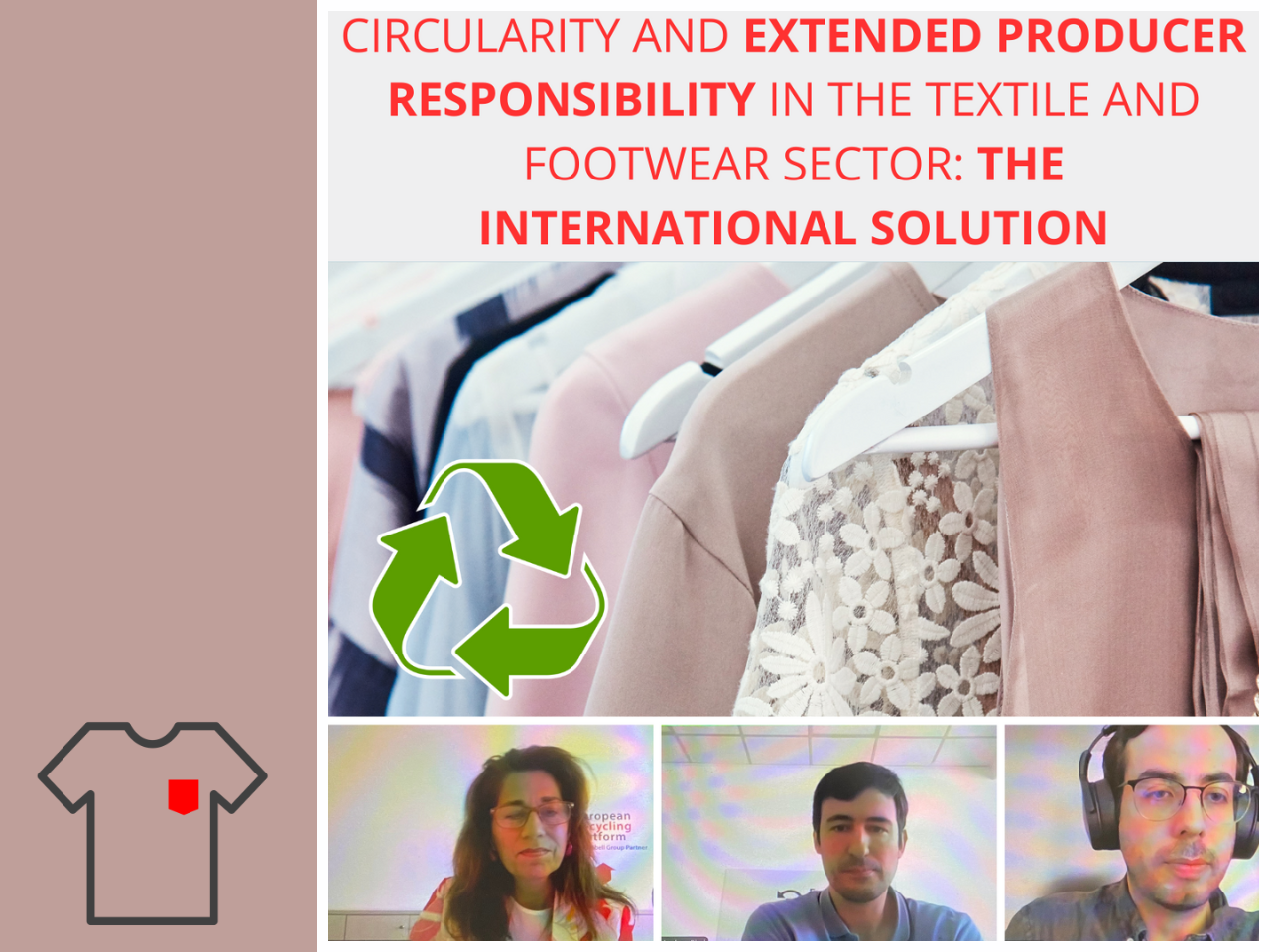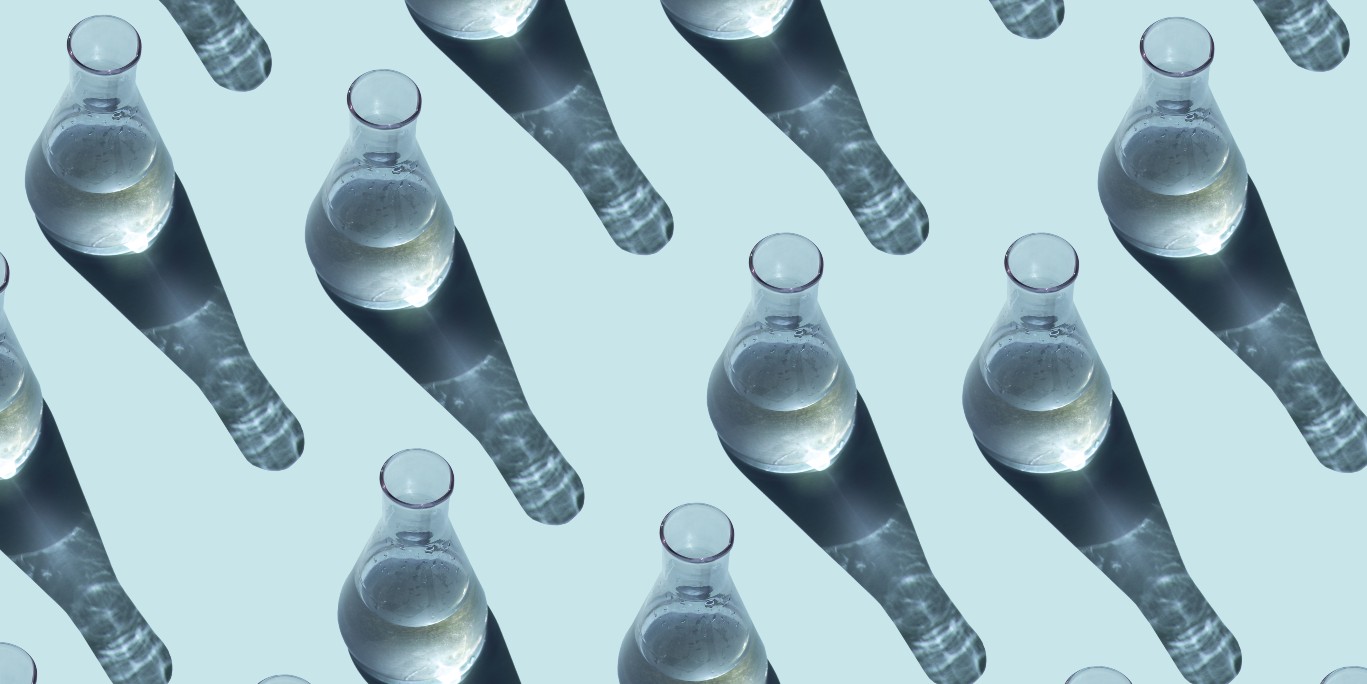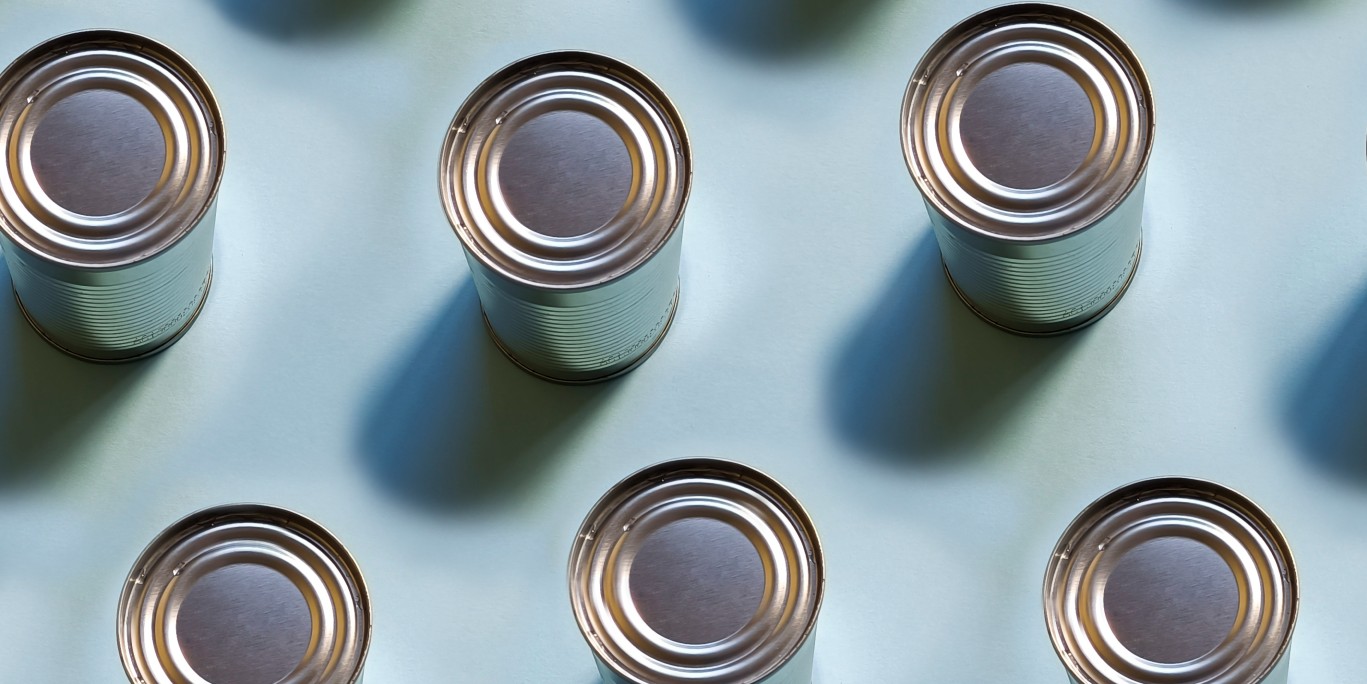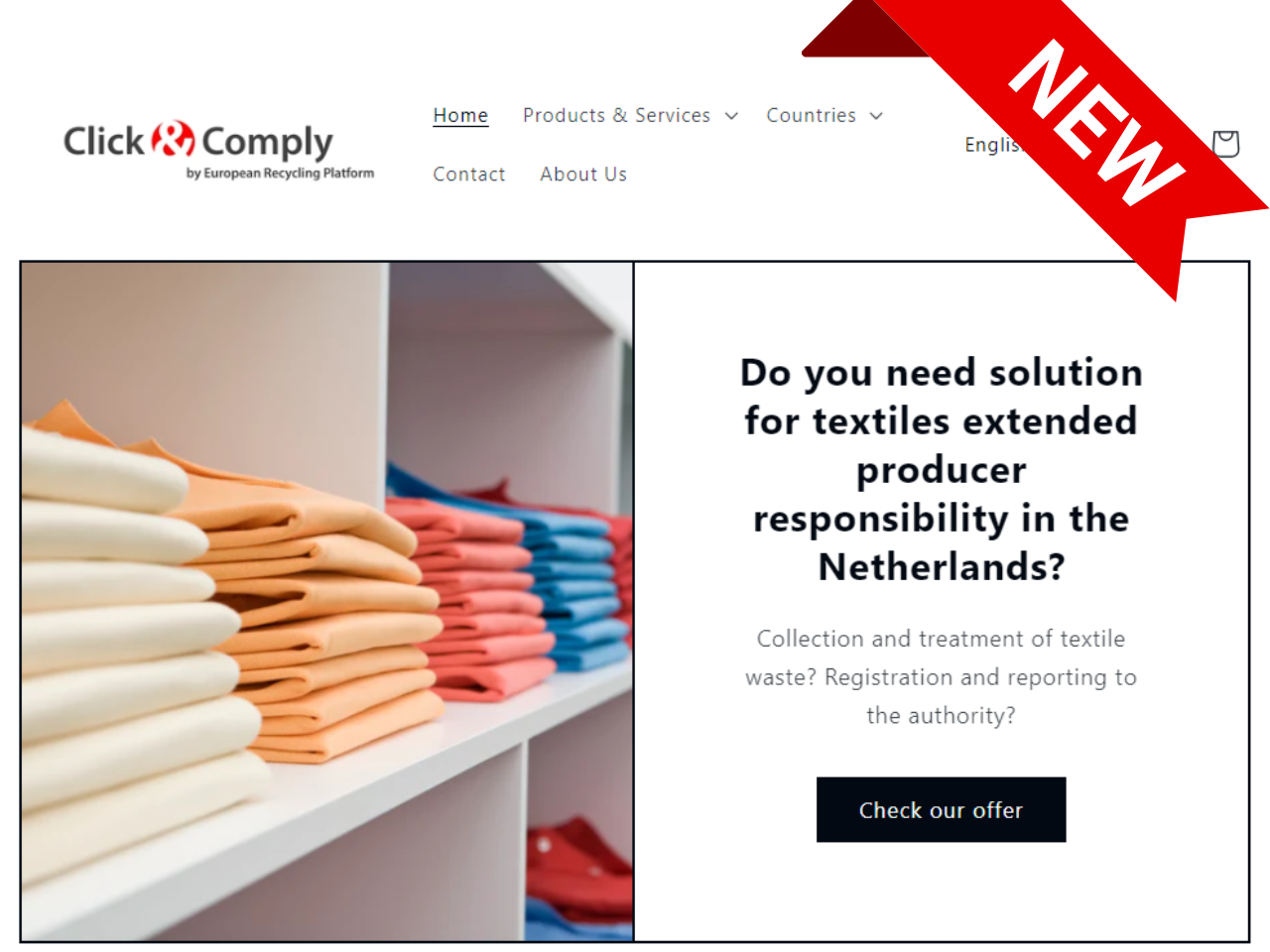What are the latest developments concerning environmental legislation globally? We’ve picked out some highlights for you for December 2022.
Proposal for new EU Packaging Regulation published
On 30 November, the European Commission published its proposal for the planned revision of the legal framework for packaging and packaging waste. As expected, the character of the corresponding legal act is to be changed from a directive to a regulation, meaning it would be directly applicable in the member states.
The three main objectives of the new regulation are:
- Waste prevention: The amount of packaging waste is to be reduced by 40% per member state and capita by 2040 (compared to 2018), among other things by avoiding unnecessary packaging (through bans, for example, on single-use packaging for fruit and vegetables) and increased reuse and refilling of packaging (through corresponding quotas for companies);
- Improved recycling: By 2030, all packaging should be recyclable in an economically viable manner (for example, by setting design criteria for companies); and
- Increased use of secondary raw materials: The demand for primary raw materials is to be significantly reduced and the market for secondary raw materials strengthened (for example, by imposing requirements for the use of recycled materials).
In a next step, the Commission’s proposal will be discussed in the European Parliament and the Council of the European Union.
European Commission considers EPR for micropollutants
The European Commission has published a new study that assesses the feasibility of establishing an extended producer responsibility (EPR) scheme for certain products responsible for introducing micropollutants to wastewater. The study was conducted by Bio Innovation Service.
Since pharmaceutical and cosmetic products contribute to 73% of the input load to wastewater treatment plants, they were the focus of the study. Furthermore, the study proposes that due to this large contribution, the named sectors should contribute to the total cost of fourth treatment (when micropollutants are removed from the wastewater). In a potential second stage, producers of food products and plastic additives should be asked to participate as well.
The question if EPR for micropollutants is feasible was answered in the affirmative. Entities should pay according to the type of substance they place on the market, based on a list of criteria defined in the report. The study proposes that inorganic substances, harmless substances, and quickly biodegradable substances should be exempt from payment.
The study further gave answers to the question whether EPR would have a significant impact on consumer demand, or supply. While the total cost for the European Union is estimated at 1.2 billion euros or 2.7 euros per person per year, the study does not recognise a significant impact on consumer behaviour or supply.
According to the report, producer responsibility organisations (PRO) ought to collect the financial contributions, control the reporting of quantities of products, monitor the achievement of EPR targets, and report to public authorities, stakeholders, and the public. Producers ought to pay for the pollution of wastewater and be incentivised to reduce the micropollutant load.
Lastly, the report makes a proposal regarding the cost of fourth treatment, which it suggests should be based on turnover or a mixed approach incorporating turnover, as well as the quantity and hazardousness of pollutants.
It is not yet clear when the study’s recommendations will be translated into concrete legislation.
Work programme 2023 presented
The European Commission has presented its work programme for next year, which includes several topics relevant to the circular economy.
The Commission mentions two sectors where reforms are urgently needed:
- Food waste. Currently, 20 % of food ends up as waste – a figure that the Commission considers far too high. The Commission therefore wants to work on setting concrete targets for reducing food waste.
- The textile industry. Every year, 11 kilograms of textiles are thrown away per inhabitant. To improve the recycling or reuse of these textiles, the Commission wants to hold manufacturers responsible for their treatment at end-of-life.
In addition, the Critical Raw Material Act is to be adopted next year, which is intended to strengthen the European Union’s supply of critical raw materials and address the issues of reuse and recycling.
Update on packaging reforms in UK
After a consultation period from March to May 2022, the UK’s Department of Environment, Food, and Rural Affairs (Defra) has published a summary of responses to its Packaging Waste Recycling Note (PRN) and Packaging Waste Export Recycling Note (PERN) reform.
Under the new proposed approach, producers will be required to meet their packaging recycling obligations for all packaging by obtaining PRNs/PERNs to cover the cost related to the recycling of the waste.
The reform will be implemented alongside the wider Extended Producer Responsibility packaging reforms planned for 2024 and intends to address issues such as PRN/PERN price volatility, lack of transparency, and the potential for fraudulent issue of PRNs and PERNs.
In total, the consultation received 129 individual responses which are generally in agreement with the proposals. Some responses are mixed and speak of missed opportunities, while others welcome the reforms especially where transparency and accountability are concerned. A key measure that received largely positive feedback is the proposal to introduce mandatory monthly reporting for both reprocessing and export tonnages data, and PRN/PERN price data.
While the reforms were initially targeted for 2023, the Blueprint coalition of environmental groups noted that delaying the reform to 2024 will have a high-cost burden on local authorities.
Sign up for our monthly
report COMPASS here:
Your email











